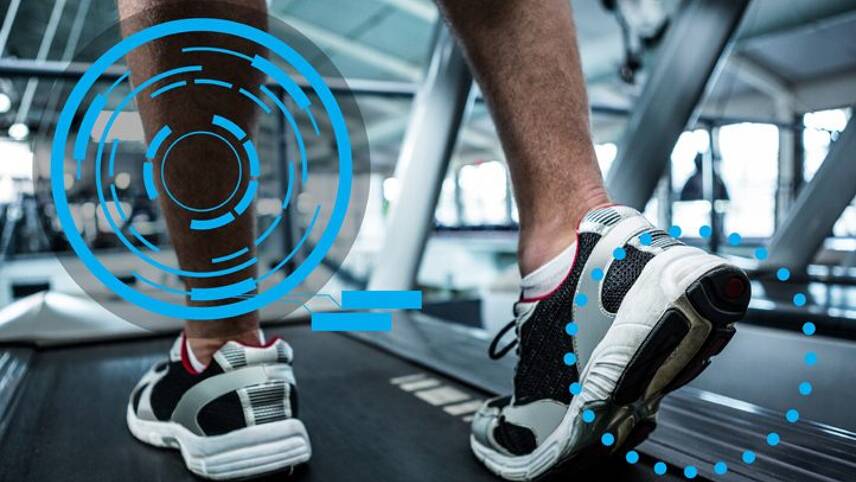Register for free and continue reading
Join our growing army of changemakers and get unlimited access to our premium content

The viability of the ‘product as a service’ model has been much been debated since it came to prominence as part of the debate regarding the circular economy some years ago. In theory, ‘product as a service’ is the perfect circular economy model: by incentivising the producer it envisages the total re-use, re-deployment and refurbishment of a product and the efficient re-cycling of any components that are no longer viable.
However, while there are many products that can be thought of as a service, in practice there are often difficulties. For example, technical risks may hinder re-use or create uncertainty about residual value. Equally, logistic costs associated with refurbishment and redeployment can impact economic viability. There may also be remarketing risks because of unknown or limited appetite for used or out-of-fashion products.
A high-end fitness equipment company in Europe – let’s call it PremiumGym – seems to transcend many of these problems. It is an ideal test case for the viability of the ’product as a service’. If the project is a success, it could pave the way for a spate of similar business strategies. If it is not, then companies and banks focusing on the circular economy and the ‘product as a service’ model may need to go back to the drawing board.
The company is a market leader with a long track record and scores of happy customers that get many years of use from their gym equipment. PremiumGym has always understood the importance of sustainability and environmentally-friendly production. It has already invested in the necessary infrastructure and machinery to recover gym apparatus from consumers and recycle materials such as steel and plastics.
PremiumGym has long wanted to take this approach further by retaining ownership of the equipment and responsibility for it. Its ambition has been to offer ‘fitness as a service’ – an up-to-date fitness experience with the hardware components of fitness equipment, such as tubular frames (which can last for decades), serviced as necessary and only the software, such as treadmills and seats (which are in contact with users), replaced. However, it could not find a way to make this business model work.
The breakthrough came when it realised it could offer a solution for hospitality companies, such as hotels and serviced apartment providers, which traditionally received bookings via large travel agencies. Now they come from direct customer purchases via the internet, as well from new players such as Airbnb. As a result, customer reviews of facilities – including fitness equipment – have become crucial. In response, many hotels have sought to improve the quality of the gym equipment they offer. There is a clear opportunity for PremiumGym.
Gym equipment – especially that made by high-end manufacturers such as PremiumGym – has many features that make it suitable for a service model. Most importantly, many core components, such as weights, last for decades without requiring complex maintenance or services. Secondly, many pieces of equipment are modular, so they can be refurbished or updated easily, even on location. In fact, with the replacement of just a few components, it is difficult to tell the difference between used and new equipment: remarketing the product should be straightforward. PremiumGym’s equipment is well reviewed and once at a hotel location, replacement with a competitor product will be costly. Consequently, contracts will be sticky. To top it off, the products can be easily identified and tracked and making misuse or fraud unlikely.
PremiumGym has received a favourable response from the hotel chains it has approached, and has some pilot programmes in place. However, if its new business model is to work it must find suitable financing – its balance sheet will balloon as its takes ownership of hundreds or even thousands of pieces of gym equipment over multiple years.
The financing structure must reflect the risks borne by the parties involved, while keeping costs low to ensure that PremiumGym’s offering is viable. Financing can be arranged, for instance, on the back of contracts with a hotel or serviced apartment provider – just like wind parks and other standalone projects are financed. The certainty of incoming cash flow will be important to the structure: it needs to be clear under what circumstances a hotel can decide to withhold payment or the likelihood of the hotel going out of business, for example.
While it should prove possible to model such risks, banks cannot finance 100% of the investment needed with debt. As with transactions in other markets, another party – most obviously PremiumGym but also potentially another investor if required – must provide equity. By having ‘skin in the game’, PremiumGym will be aligned with the banks in the structure in its commitment to making the model work. Negotiations on the company’s financing structure are ongoing: they will determine not only whether ‘fitness as a service’ works but will also provide crucial insights and knowledge that can facilitate other circular ‘product as a service’ projects hoping to make the circular economy a reality.
Gerald Naber is vice president of sustainable finance at ING



Please login or Register to leave a comment.